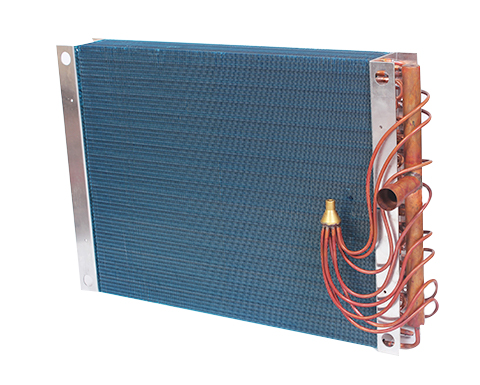
Copper Heat Exchangers
Indus manufactures Copper HEX Coils with both Copper and Aluminum fin material using Cu tubes
Indus offers a wide selection of Fin Pattern using bare as well as pre-coated (hydrophilic / hydrophobic) fins with varied fin pitches and tube thicknesses to meet customers’ design pressures per industry standards for all conceivable applications.
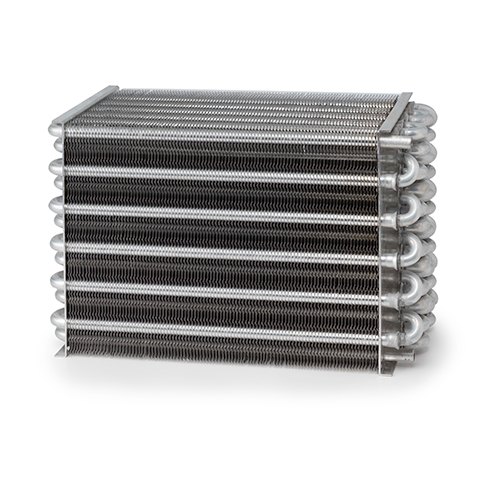
All Aluminum Heat Exchangers
Indus pioneered introduction of Conveyorized Auto-Brazing technology to produce up to 12 rows of All Aluminum HEX Coils using Al fin with Al tubes
Indus offers a wide selection of Fin Pattern using bare as well as pre-coated (hydrophilic / hydrophobic) fins with varied fin pitches and tube thicknesses to meet customers’ design pressures per industry standards for all conceivable applications.
Our products are UL Certified & compatible with commonly used refrigerants in the industry including natural & flammable low GWP refrigerants like R290.
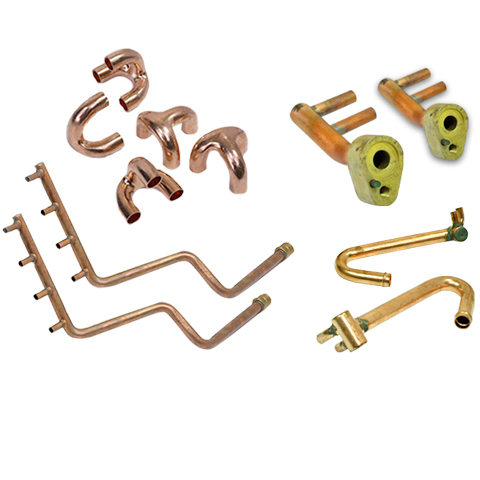
Headers, Accessories & Components
Indus have in house facility for manufacturing Copper/Aluminium material headers for various tube diameters and tube thickness, brass distributors, brass fittings, Copper/Aluminium return bends & tripods etc.
We have automated machines for header tube bending, brazing of Aluminium tubes, brazing of Copper to Brass joints and manufacturing of return bends with brazing material rings
All headers and sub-assemblies are cleaned internally, and leak tested with Helium leak testing process.
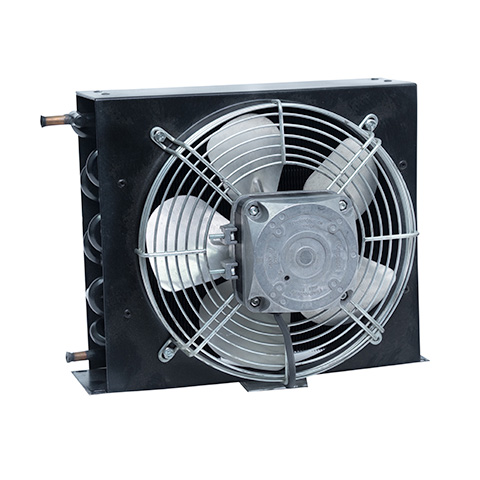
Assemblies
Indus offers Heat Exchanger coils assemblies with components like Filter Dryer, Capillary tube/assembly, Fan Motor with AC/ EC motors, Plate Heat Exchanger etc.
Also, we offer Air Cooled Condensers complete with condenser and fan motor assembly, Coil assembly with fan shrouds (Painted/Unpainted) etc.
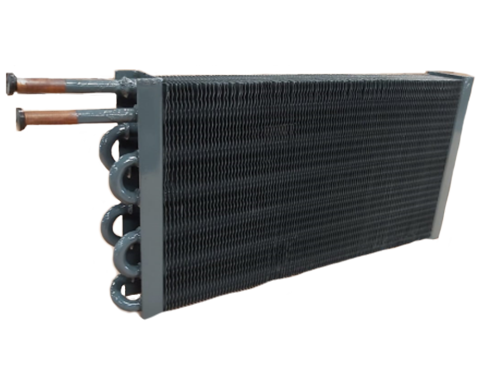
I-Coat
It has now become a known fact that hundreds of thousands of coil failures have occurred during the last decade due to corrosion. The cause is most typically environmental pollutants, which range anywhere from salt-air, to household cleaning agents, pesticides, formaldehydes, building materials, and even off-gassing of food. Each of these contaminant sources can initiate corrosion in coil tubing in a year or less when the conditions are right.
The two most common forms of coil corrosion are pitting and formicary. These two corrosive processes can occur in as little as a few weeks after installation. More typically, corrosion will begin appearing within a one to four-year period.


